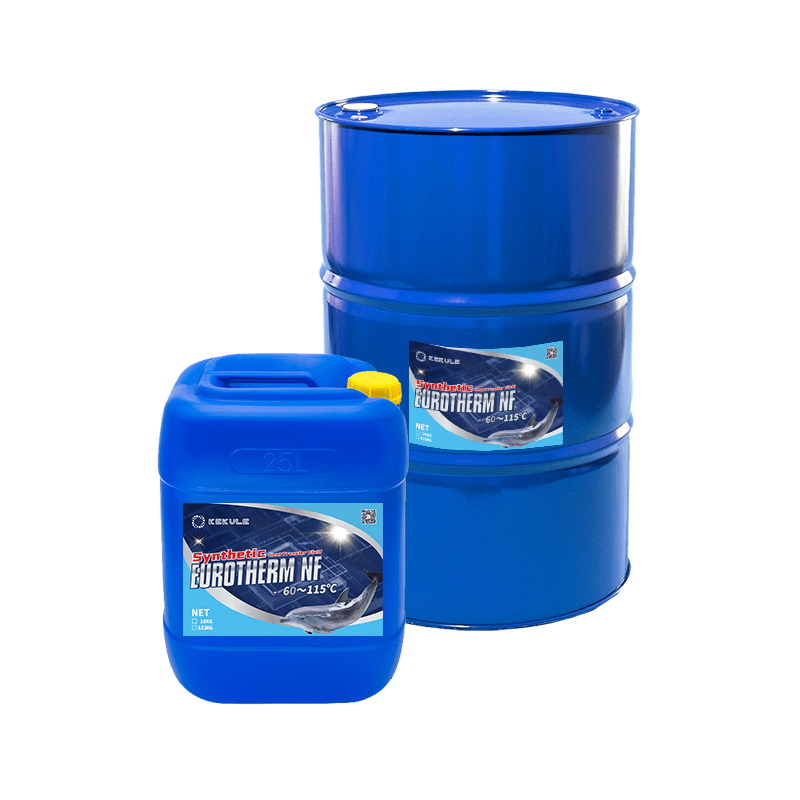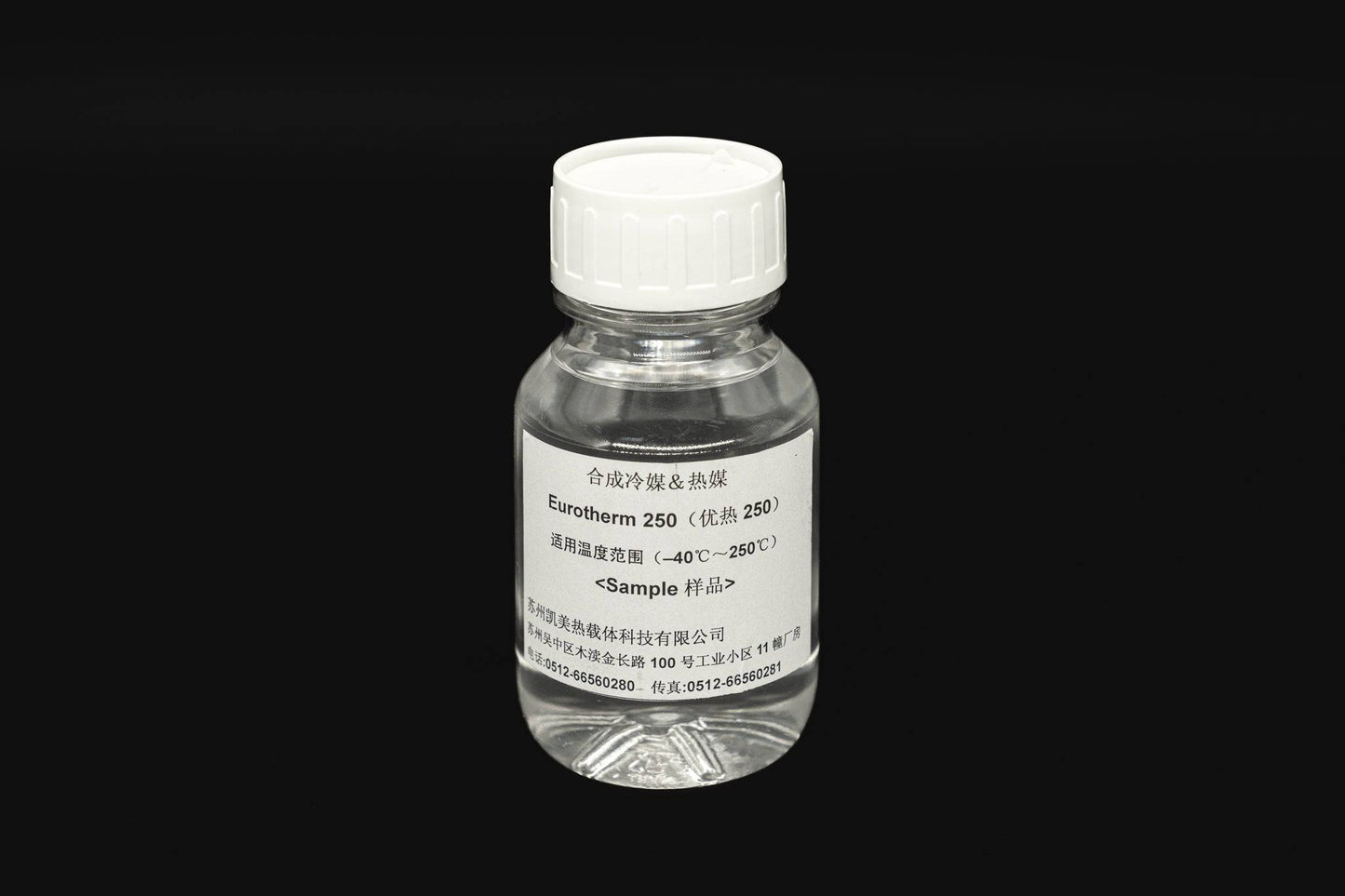Indicators on Chemie You Should Know
Indicators on Chemie You Should Know
Blog Article
8 Easy Facts About Chemie Explained
Table of ContentsFascination About Chemie8 Simple Techniques For ChemieLittle Known Questions About Chemie.The Best Guide To ChemieGet This Report on ChemieSome Ideas on Chemie You Should Know
By Bojanna Shantheyanda, Sreya Dutta, Kevin Coscia and David SchiemerDynalene, Inc. Liquid air conditioning, which can be accomplished using indirect or straight ways, is utilized in electronics applications having thermal power densities that might surpass risk-free dissipation via air cooling. Indirect fluid air conditioning is where heat dissipating digital elements are physically divided from the fluid coolant, whereas in instance of direct cooling, the elements remain in direct contact with the coolant.In indirect cooling applications the electric conductivity can be crucial if there are leaks and/or spillage of the fluids onto the electronics. In the indirect cooling applications where water based liquids with deterioration inhibitors are generally made use of, the electrical conductivity of the fluid coolant primarily relies on the ion concentration in the fluid stream.
The boost in the ion focus in a closed loop fluid stream may take place as a result of ion seeping from metals and nonmetal parts that the coolant liquid touches with. During operation, the electric conductivity of the fluid might boost to a level which can be damaging for the cooling system.
Facts About Chemie Uncovered
(https://www.tumblr.com/chemie999/772221566486495232/since-1995-chemie-stands-as-a-global-pioneer-in?source=share)They are bead like polymers that can exchanging ions with ions in a remedy that it is in call with. In the existing job, ion leaching examinations were done with numerous metals and polymers in both ultrapure deionized (DI) water, i.e. water which is treated to the highest degree of purity, and low electrical conductive ethylene glycol/water mixture, with the determined change in conductivity reported over time.
The examples were allowed to equilibrate at area temperature for two days prior to taping the preliminary electrical conductivity. In all tests reported in this research study fluid electrical conductivity was gauged to a precision of 1% utilizing an Oakton disadvantage 510/CON 6 series meter which was adjusted before each measurement.
The 25-Second Trick For Chemie
from the wall heating coils to the facility of the heater. The PTFE example containers were put in the furnace when stable state temperatures were reached. The test setup was gotten rid of from the furnace every 168 hours (7 days), cooled to room temperature level with the electrical conductivity of the fluid measured.
The electric conductivity of the fluid sample was kept an eye on for an overall of 5000 hours (208 days). Schematic of the indirect shut loophole cooling experiment set up. Parts used in the indirect shut loophole cooling experiment that are in contact with the liquid coolant.

The Of Chemie
The adjustment in liquid electrical conductivity was checked for 136 hours. The fluid from the system was gathered and kept.

0.1 g of Dowex material was contributed to 100g of fluid examples that was taken in a separate container. The combination was mixed and alter in the electrical conductivity at room temperature level was gauged every hour. The gauged change in the electric conductivity of the UP-H2O and EG-LC examination liquids including polymer or steel when involved for 5,000 hours at 80C is shown Figure 3.
The Only Guide to Chemie
Number 3. Ion leaching experiment: Calculated change in electrical conductivity of water and EG-LC coolants including either polymer or metal samples when submersed for 5,000 Clicking Here hours at 80C. The results suggest that steels added less ions right into the liquids than plastics in both UP-H2O and EG-LC based coolants. This can be because of a slim metal oxide layer which may function as an obstacle to ion leaching and cationic diffusion.
Fluids including polypropylene and HDPE showed the most affordable electrical conductivity modifications. This could be as a result of the brief, inflexible, direct chains which are much less likely to add ions than longer branched chains with weaker intermolecular forces. Silicone additionally carried out well in both examination fluids, as polysiloxanes are usually chemically inert because of the high bond power of the silicon-oxygen bond which would prevent deterioration of the material into the liquid.
8 Easy Facts About Chemie Shown
It would certainly be anticipated that PVC would produce similar outcomes to those of PTFE and HDPE based on the comparable chemical structures of the materials, nonetheless there might be other pollutants existing in the PVC, such as plasticizers, that might influence the electrical conductivity of the fluid - heat transfer fluid. Furthermore, chloride groups in PVC can additionally seep right into the examination liquid and can trigger a boost in electric conductivity
Buna-N rubber and polyurethane showed indicators of destruction and thermal decomposition which suggests that their feasible utility as a gasket or adhesive material at greater temperatures can bring about application concerns. Polyurethane totally degenerated right into the examination liquid by the end of 5000 hour test. Figure 4. Before and after pictures of metal and polymer samples immersed for 5,000 hours at 80C in the ion leaching experiment.
Calculated modification in the electrical conductivity of UP-H2O coolant as a function of time with and without material cartridge in the shut indirect air conditioning loop experiment. The measured change in electric conductivity of the UP-H2O for 136 hours with and without ion exchange material in the loop is displayed in Number 5.
Report this page